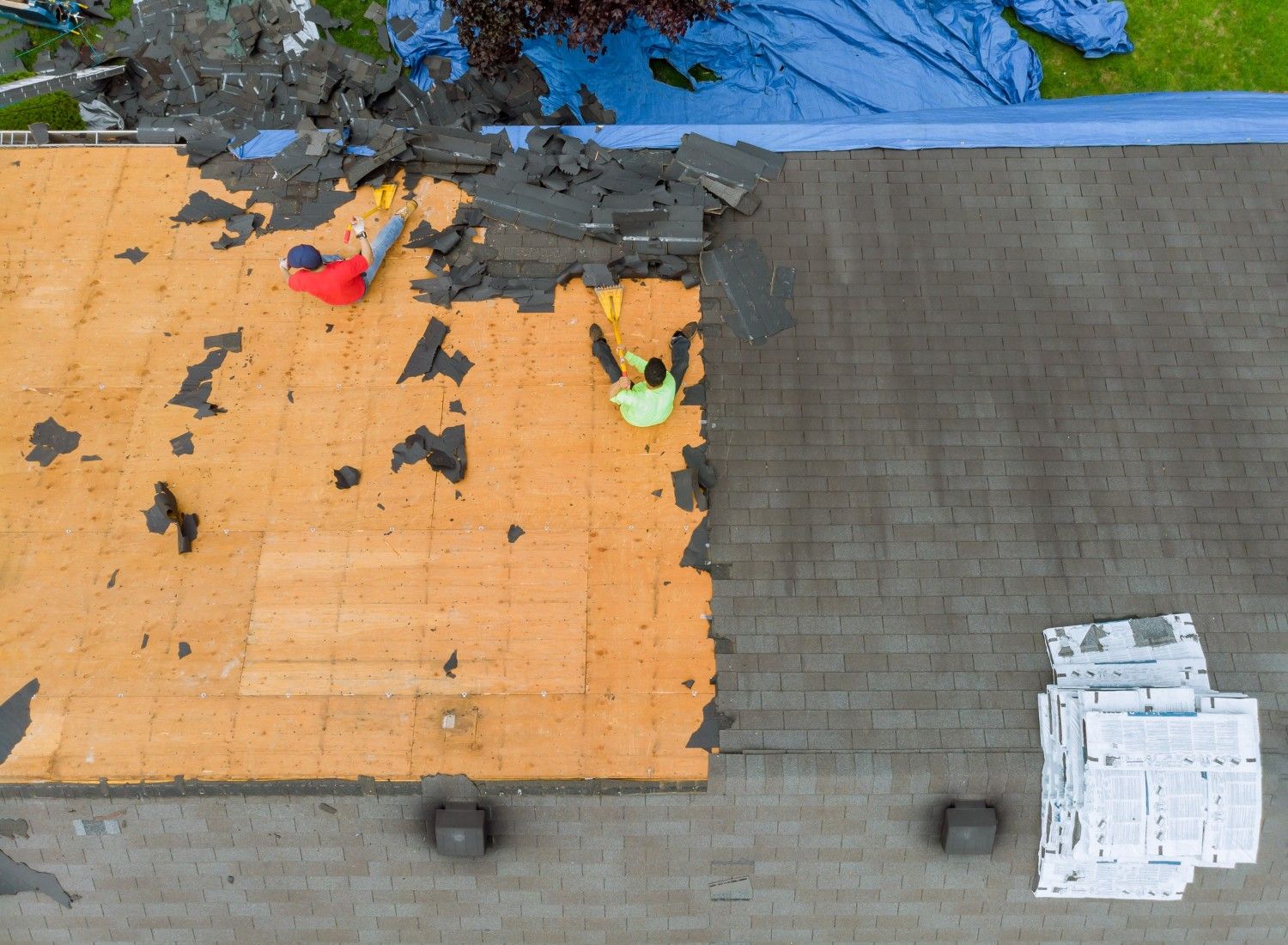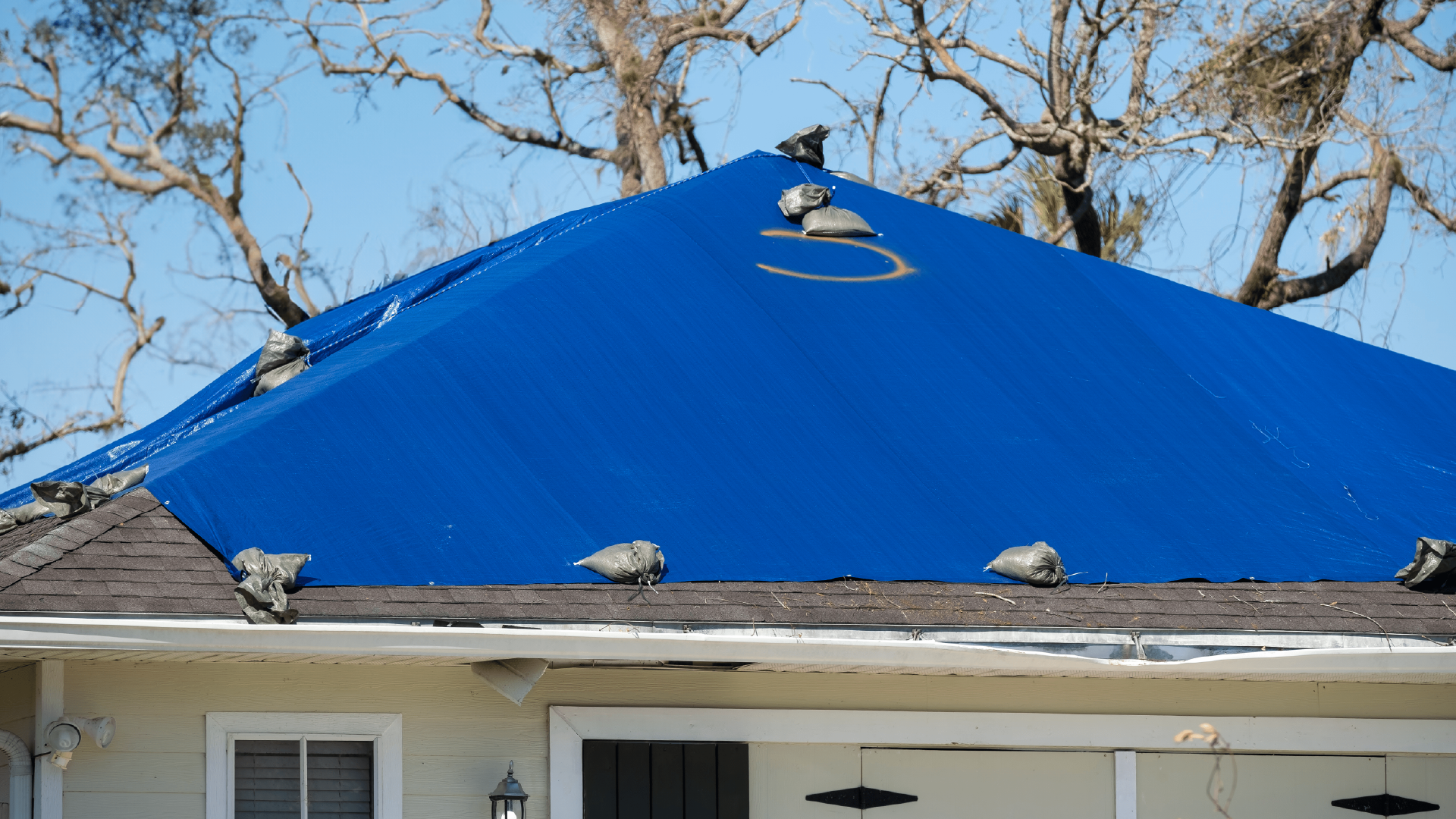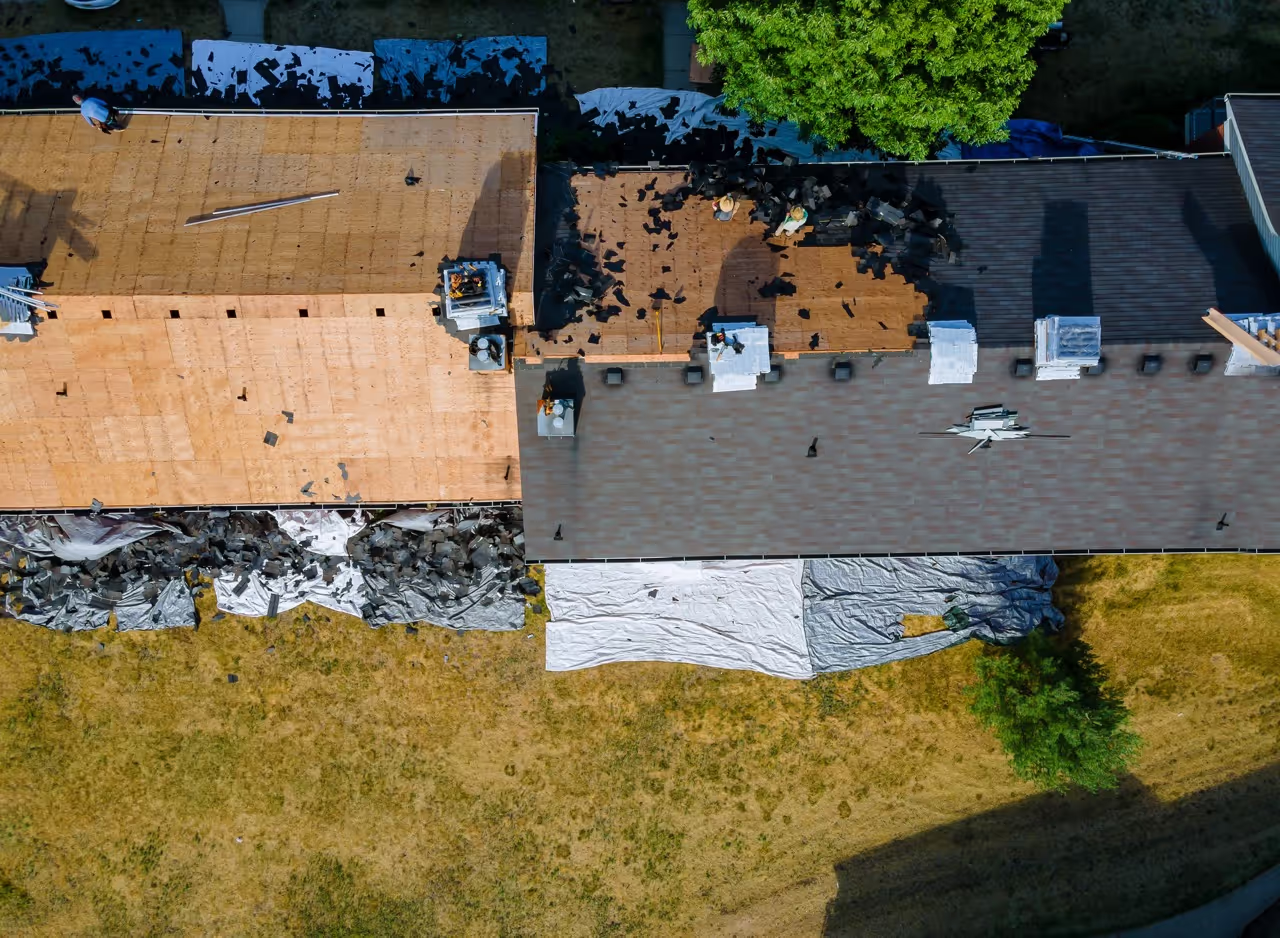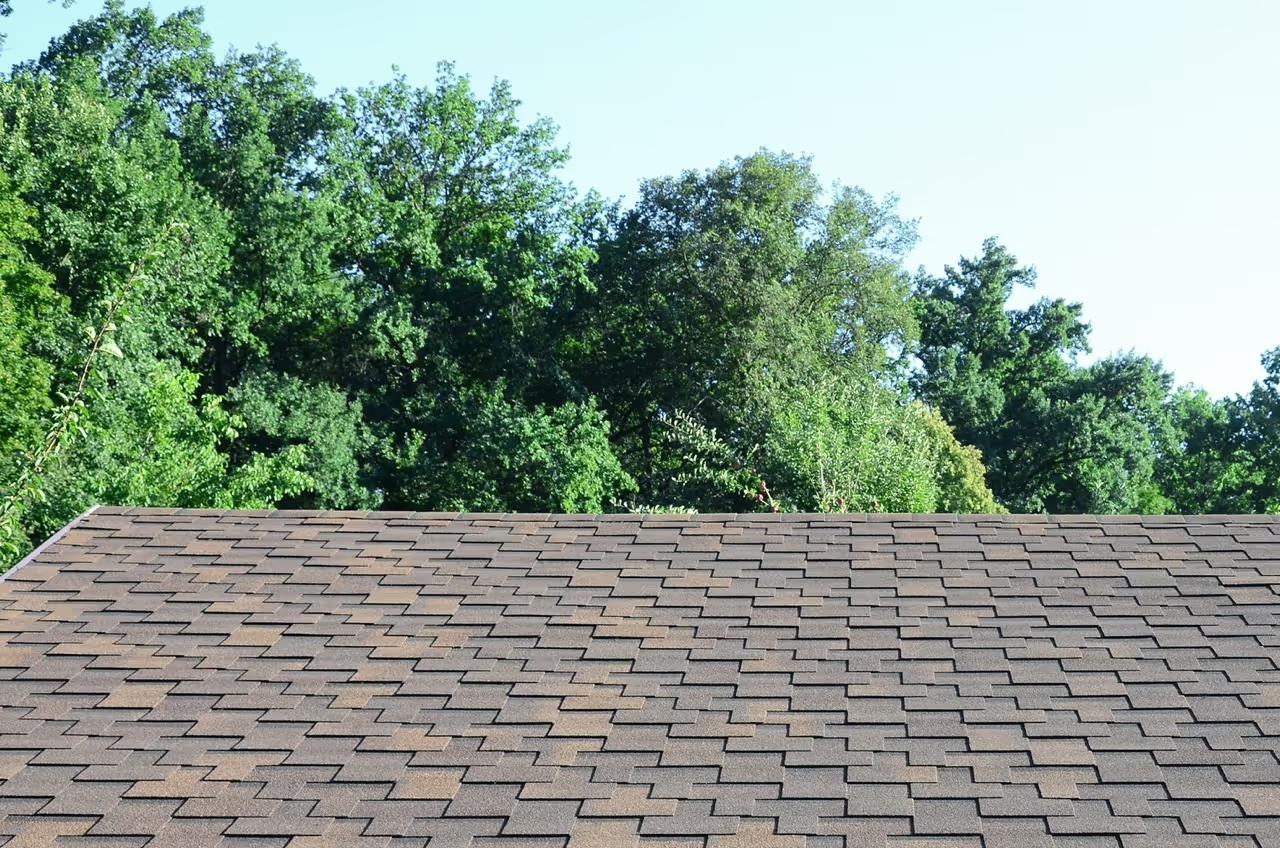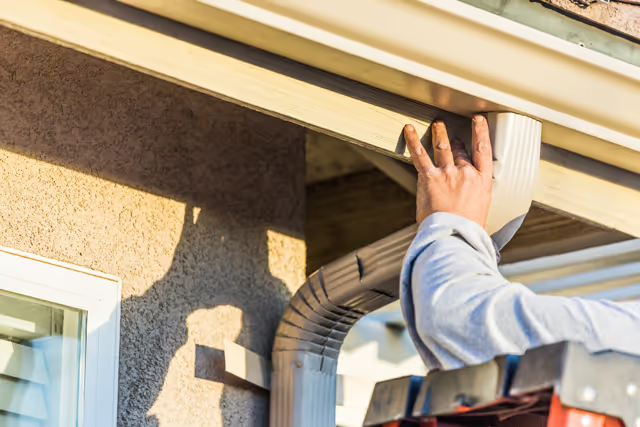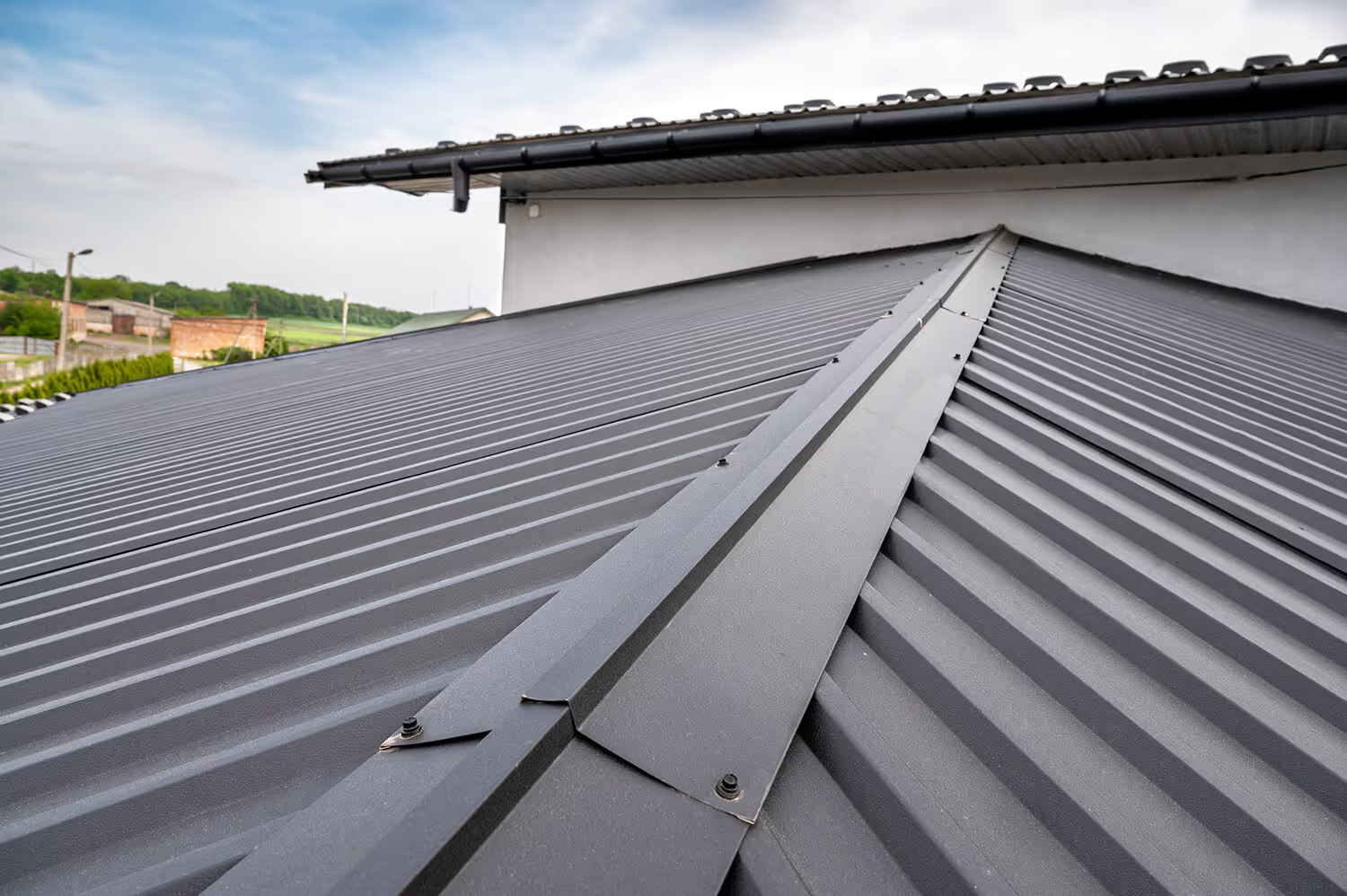How to Read a Roofing Estimate - What to Expect and Look Out For
Learn how to read a roofing estimate, understand cost breakdowns, and spot red flags like licensing issues or vague terms before hiring a contractor.
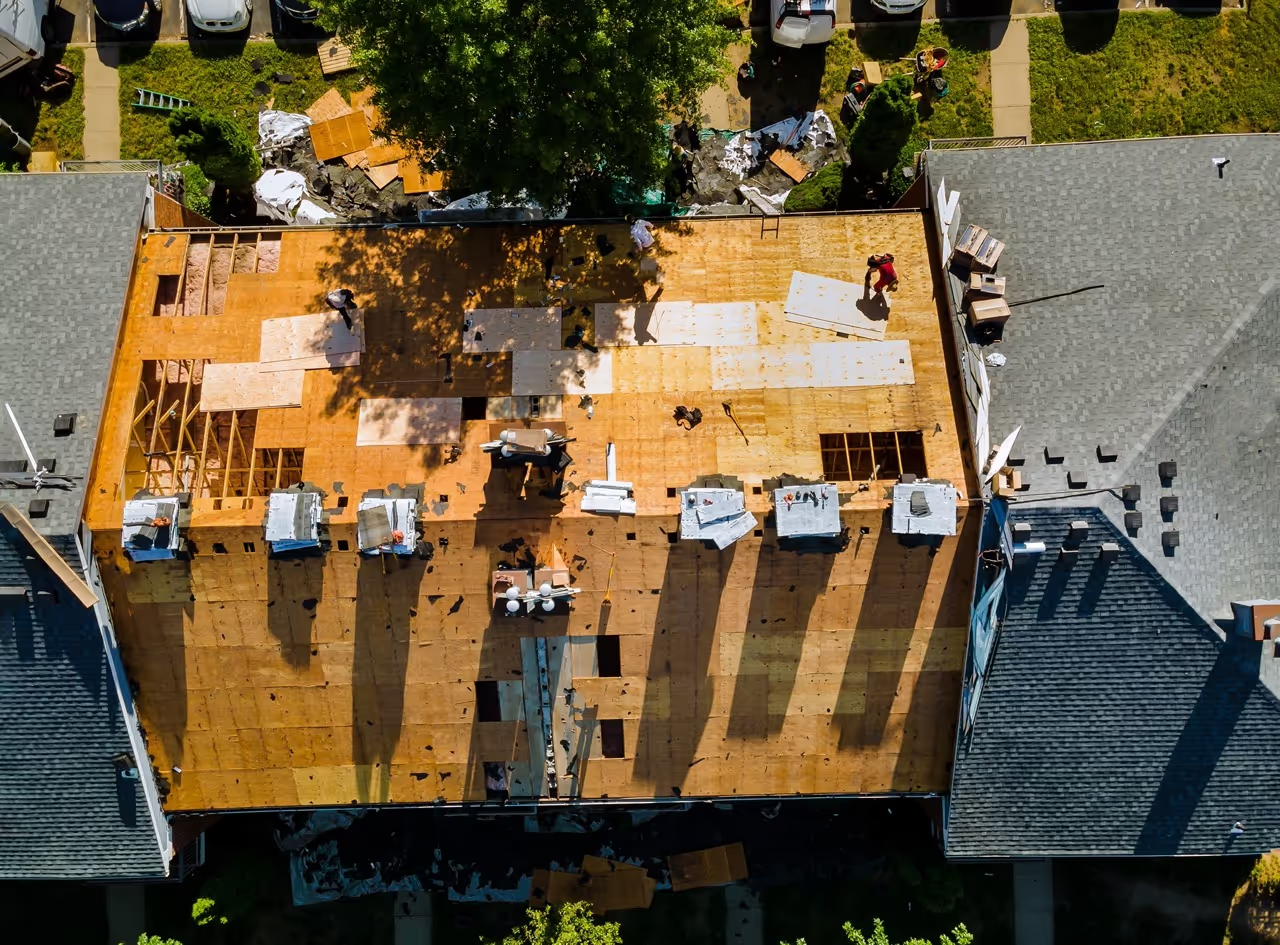
Roofing projects can seem daunting, especially when it gets down to the paperwork part of the process. If you’ve never seen a roofing estimate before, you may be wondering what to look for and what everything means.
Understanding how to read and evaluate a roofing estimate can save you from unexpected surprises, ensure transparency, and help you make informed decisions. Here's a detailed guide on what to expect and look out for in a roofing estimate.
Sections of a Roofing Estimate
Roofing estimates are typically broken down into a few key sections that contain important information. Here are those sections and what they contain.
1. Contact Information and Licensure
A professional roofing estimate should begin with the contractor’s full contact details, including the company name, address, phone number, email, and website. This section also typically includes the contractor's license number and insurance information that is relevant to your location and local requirements.
Verify the contractor’s license number to ensure it’s up to date. Proper licensure is crucial for ensuring that the contractor meets local regulations and standards. Additionally, the contractor should provide proof of liability insurance and workers’ compensation. This protects you from being held liable in case of accidents or damages during the project.
2. Project Description
Your estimate should include a scope of work section that details the specific tasks the roofing company will perform. It should clearly state whether the work involves a roof repair, partial replacement, or a full roof replacement. The description should include details about the areas of the roof to be worked on and any preparatory work required, such as the removal of old roofing materials or repairs to the roof deck.
The estimate should also list the types of materials to be used, including the brand, model, and color of the roofing system (such as shingles, metal, tiles, etc.), underlayment, flashing, and other components. Ensure that the materials specified match the quality and style you discussed with the contractor.
3. Cost Breakdown
Labor is a significant portion of roofing costs. The estimate should provide a breakdown of labor costs, indicating the hours of work expected and the hourly rate charged. If the project involves multiple workers, the estimate may detail the roles and associated costs.
Each material component, from shingles to nails, should have an associated cost in the estimate. This allows you to see where your money is going and compare prices between different contractors or material options.
Look for other costs that might be included, such as disposal fees for old materials, permits, or equipment rentals. These additional costs should be itemized to avoid any hidden charges later.
4. Estimated Timeline
The estimate should provide an estimated start and completion date for the project. A clear timeline helps you plan accordingly and ensures the contractor is accountable for meeting deadlines.
Roofing projects are often weather-dependent, which means weather delays are common. The estimate should address potential delays due to weather conditions and how these will be handled.
5. Payment Terms
Many contractors require a down payment before starting the project, especially if the project is rather large. This amount should be specified in the estimate, along with the due date for the payment. Be wary of contractors who request an unusually high down payment, as this could be a red flag.
You should also see a payment schedule on your estimate if you previously discussed this with your roofing company. Many roofing companies work with financing organizations to help with this as well. Your estimate may also include a final payment date.
6. Warranty Information
The estimate should include details about the manufacturer’s warranty for the roofing materials. This warranty typically covers defects in the materials for a certain period.
In addition to the material warranty, some contractors offer a workmanship warranty that covers issues related to the installation. This warranty is typically shorter and is for ensuring that the contractor will address any installation-related issues that arise after completion.
What to Look Out For in a Roofing Estimate
There are a few key things to look for in a roofing estimate to ensure you are covered:
- Licensure and insurance verification: Always verify that the contractor’s license number and insurance are valid and up to date. This can be done through your local licensing authority or online databases. Proper licensure ensures the contractor meets local building codes and standards.
- Detailed cost breakdown: An estimate that lacks detail can be a red flag. Ensure that every component, from labor to materials to additional costs, is itemized. This transparency allows you to compare estimates from different contractors more effectively and ensures you’re not hit with unexpected costs later.
- Inaccurate or vague numbers: Be wary of estimates with unusually low costs or vague descriptions. An estimate that seems too good to be true likely is and could result in subpar materials or rushed work. Ensure the numbers are realistic and the descriptions are specific to avoid misunderstandings.
- Unclear payment terms: The payment terms should be clear and reasonable. Be cautious of contractors who demand a large percentage of the total cost upfront or offer vague payment schedules. This could be a sign of a potential scam.
- Warranty coverage: Verify that the warranty details are clearly stated in the estimate. A strong warranty on both materials and workmanship is a sign of a contractor who stands behind their work. Make sure you understand the coverage, duration, and conditions of the warranties offered.
Conclusion: How to Get a Roofing Estimate in Oklahoma
Reading and understanding a roofing estimate is essential for ensuring that your roofing project is completed on time, within budget, and to the highest standards. By paying attention to the sections outlined above and knowing what to look out for, you can avoid potential pitfalls and make confident decisions. Always take the time to thoroughly review the estimate, ask questions if anything is unclear, and compare multiple estimates before making your final choice.
To get an estimate for your roofing project, commercial or residential, call our expert team at Statewide Roofing. We repair and replace roofs all over the State of Oklahoma using the highest quality materials available. Get in touch with us today to get your free estimate, and take a look at our portfolio to see examples of our work.
Recent News Posts
Let’s Get Started Today
Call Statewide Roofing for a free quote for all your roofing and home improvement needs. We specialize in all kinds of roofing systems for both commercial and residential buildings.
Let us know if you have any questions about us, our services, financing, repairs, or our process. Our team is here to answer any of your questions and get you the information you're looking for regarding any of your roofing needs. We're happy to help! For immediate assistance, give us a call to speak with one of our professionals and get started with Statewide.
.avif)
Roofing services
roofing financing options
Statewide Roofing offers roofing financing options to help our homeowners afford the cost of roof replacements and repairs. We are partnered with Service Finance Company, LLC. to offer these financing options.







